Prusament PETG Signal White is Prusa own in-house made filament. The whole manufacturing process is closely monitored and tested – we guarantee ±0.02mm precision and highly-consistent colors. You can inspect parameters of every spool we made at prusament.com. Check the sample spool!
Prusament PETG Signal White
Original price was: $74.99.$64.99Current price is: $64.99. Inc Tax
Out of stock
Out of stock
Description
PETG Signal White
PETG Signal White is finally here
WHAT CAN YOU EXPECT?
MANUFACTURED IN-HOUSE BY JOSEF PRUSA

We were not satisfied with the quality of filaments on the market. So we decided to make our own! Prusa Research is the only 3D printer manufacturer with its own filament production.
PREMIUM-GRADE MATERIALS AND THOROUGH TESTING

The whole manufacturing process is closely monitored and tested – string diameter, color consistency, and mechanical properties – to make sure that every spool is perfect.
± 0.02 MM MANUFACTURING PRECISION

We believe the industry standard of 0.05 mm isn’t sufficient for perfect 3D printing. Instead, we guarantee ±0.02mm precision and highly-consistent colors in our filaments.
HIGH QUALITY YOU CAN CHECK YOURSELF

We are the only manufacturer that gives customers the option to fully inspect parameters of every filament spool. Just scan a QR code on the spool to see all details online (check the sample spool).
Check out the official announcement video!
Read more about Prusament in the article at PrusaPrinters.org or at Prusament.com!
Lion model made by 3DWP.nl; STL @ Thingiverse.com
ABOUT PLA
PLA melts at a relatively low temperature of about 175 degrees Celsius. Unlike so-called thermoset materials, PLA can be heated past its melting point multiple times with very little degradation. It’s a hard material, but that also means it’s somewhat brittle, and once it breaks, it likes to shatter. Only this material is proven for 50 microns layer height.
However, PLA is not a perfect material and, just like every other plastic, has some disadvantages. The low melting temperature also means low-temperature resistance. Parts start to lose mechanical strength at temperatures over 60 °C.
The combination of being both biodegradable and having low-temperature resistance means that it’s not ideal for outdoor use, not to mention low UV-resistance. Also, PLA is only soluble in chemicals like chloroform or hot benzene. So when connecting multiple pieces, you’re better off using just glue.
Even though PLA is biodegradable, and the material on its own is food safe, we do not suggest to repeatedly drink or eat from your 3D prints. Because of the small fractures on the print surface, bacteria can build up in there over time. You can prevent this by applying a food-safe coating. When post-processing PLA, it’s better to use wet sanding. Without water you’ll quickly start heating the plastic by friction, it will melt locally and make it hard to keep sanding.
PRINTING SETUP
Nozzle |
215 °C |
Heatbed |
50-60 °C |
BASIC ATTRIBUTES
| Easy to print | Brittle | ||
| Can print tiny parts | Low-temperature resistance | ||
| Can print huge objects | Difficult post-processing | ||
| Hard and tough | |||
| Low warping |
Notes
This PLA is made in-house by Prusa Research. We chose Natureworks 4043D resin which is the best and most widely used in 3D printing.
1.75 mm filament is manufactured with a precision of +- 0.02 mm
Before printing, make sure the surface of heatbed is clean as described in 3D Printing Handbook.
Additional information
| Weight | 1.500 kg |
|---|---|
| Dimensions | 24 × 22 × 9 cm |
| Brand | Prusament |
Only logged in customers who have purchased this product may leave a review.


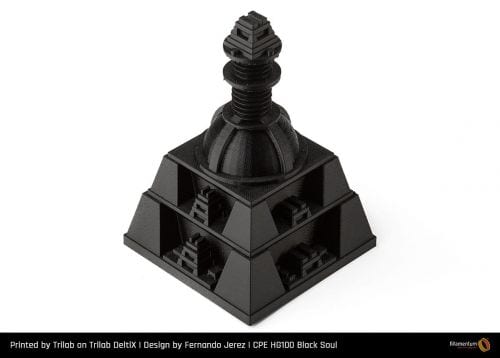
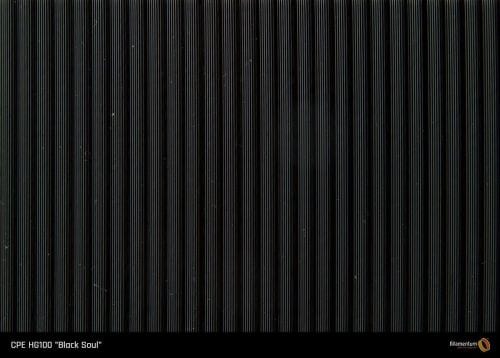
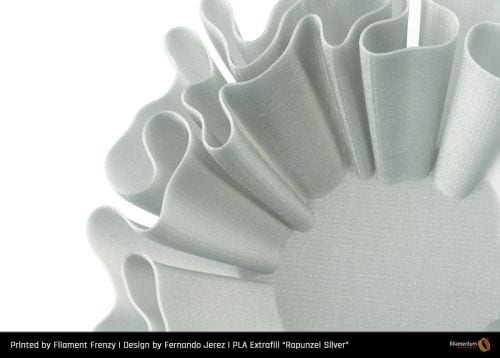
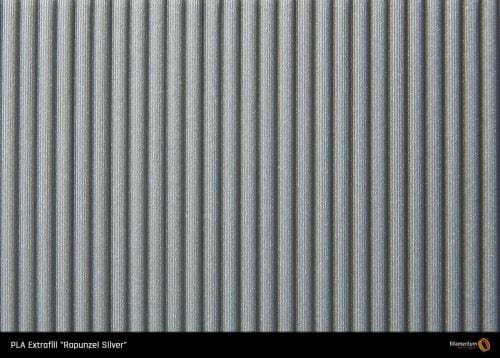
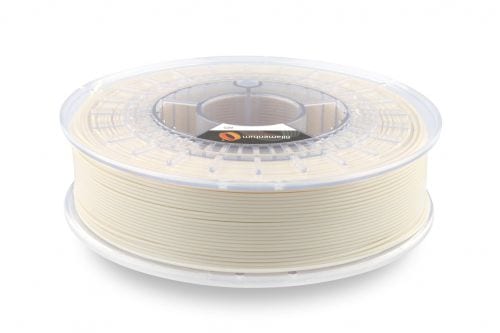
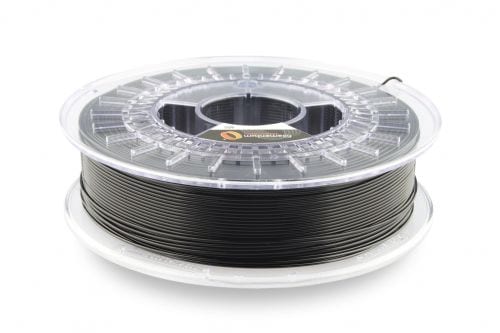

Reviews
There are no reviews yet.